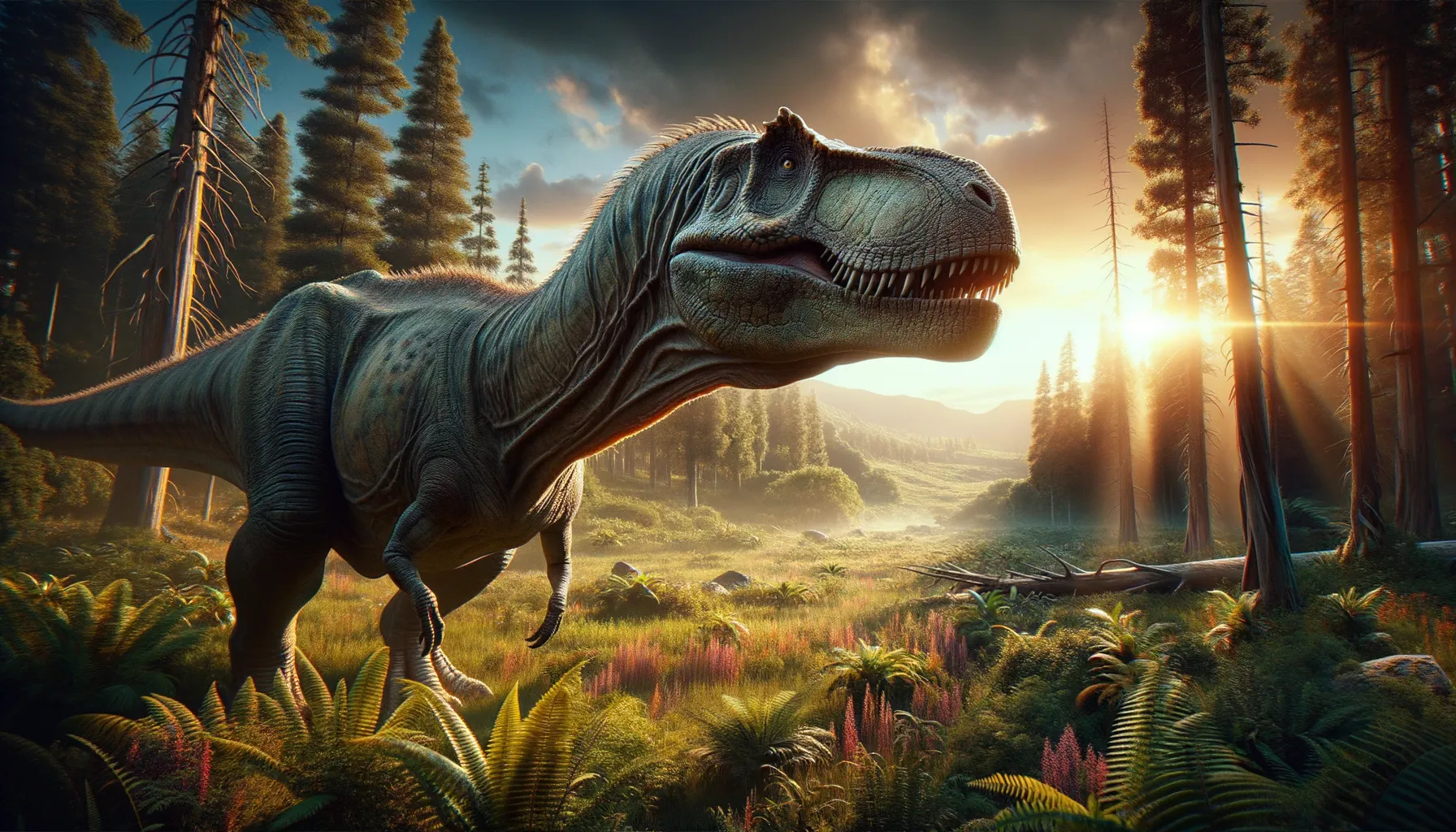
Balochisaurus
Giant of the Late Cretaceous period.
Period
Cretaceous
Length
Measured up to 45 feet long.
Height
Approximately 15 feet tall.
Weight
Estimated around 2 tons.
Balochisaurus was a massive herbivorous dinosaur that roamed the earth during the Late Cretaceous period. Its fossils were first discovered in Balochistan, Pakistan, which sheds light on its geographic distribution. This dinosaur was characterized by its large size, strong limbs, and likely long, muscular tail. It inhabited regions with lush vegetation, which was its primary diet.
Diet
Balochisaurus was herbivorous, feeding on a variety of plants. Its diet primarily consisted of ferns, cycads, and coniferous vegetation available in its habitat.
Hunting
Being a herbivore, Balochisaurus did not hunt. Instead, it foraged in dense forests and open plains, using its size to reach high vegetation.
Environmental challenges
Balochisaurus faced challenges such as climate fluctuations and changes in plant populations. These environmental shifts could have influenced its diet and migration patterns. Predation by large carnivorous dinosaurs was also a potential threat, though its large size was a deterrent.
Speed
Relatively slow-moving.
Lifespan
Lived for several decades.
First discovery
Discovered in the Balochistan region of Pakistan.
Fun Facts
- Balochisaurus is a dinosaur that lived during the Late Cretaceous period, which means it roamed the Earth around 66 million years ago.
- The name 'Balochisaurus' comes from the Balochistan region in Pakistan, where its fossils were first discovered.
- Balochisaurus was a herbivorous dinosaur, which means it mainly ate plants.
- Based on fossil evidence, Balochisaurus was a large dinosaur, with an estimated length of up to 15 meters (about 50 feet).
- This dinosaur is part of the Titanosaur group, which includes some of the largest land animals to have ever existed.
- Balochisaurus lived in an environment that was rich in diverse plant life, providing plenty of food for a herbivore like it.
- Paleontologists continue to study Balochisaurus fossils to learn more about its lifestyle and the environment in which it lived.
Growth and Development
Balochisaurus likely experienced slow and steady growth. After hatching, juveniles would require a period of vulnerable development before reaching their full size. Growth rings in its bones might indicate growth spurts related to climate or food availability.
Habitat
Balochisaurus inhabited lush floodplains and forests during the Late Cretaceous. These environments offered abundant vegetation. Rivers and wetlands within its habitat provided water and diverse plant life.
Interaction with other species
Balochisaurus coexisted with other herbivorous dinosaurs, competing for resources. It likely migrated in groups to maximize feeding opportunities. Interaction with predators was limited, but defensive behavior was essential for survival.
Natural lifespan
Its natural lifespan might have reached up to 60 years.
Reproduction
Balochisaurus would have laid eggs in nests built on the ground. Evidence suggests communal nesting sites for protection. Parental care was limited, relying on numbers for hatchling survival.
Social behaviour
It may have exhibited social behavior, such as herding for protection. Group living provided advantages against predators. Social dynamics within groups would include cooperation in locating food.
Fossil locations
The first fossils of Balochisaurus were found in Balochistan, Pakistan. These locations provide critical insights into the distribution and paleoenvironment of this dinosaur.
